Grupo
Sistemas Forestales Mediterráneos
SIFOMed
Definición
La investigación del grupo SIFOMED tiene como objetivo general entender la respuesta de los ecosistemas forestales y agroforestales a los principales motores de cambio global que amenazan su sostenibilidad a largo plazo, destacando el cambio climático, los cambios de uso en el suelo y la invasión de especies exóticas.
Objetivos
Componentes

Lorena Gómez Aparicio
Investigadora científica
(Responsable del grupo)

Luís Ventura García
Científico Titular
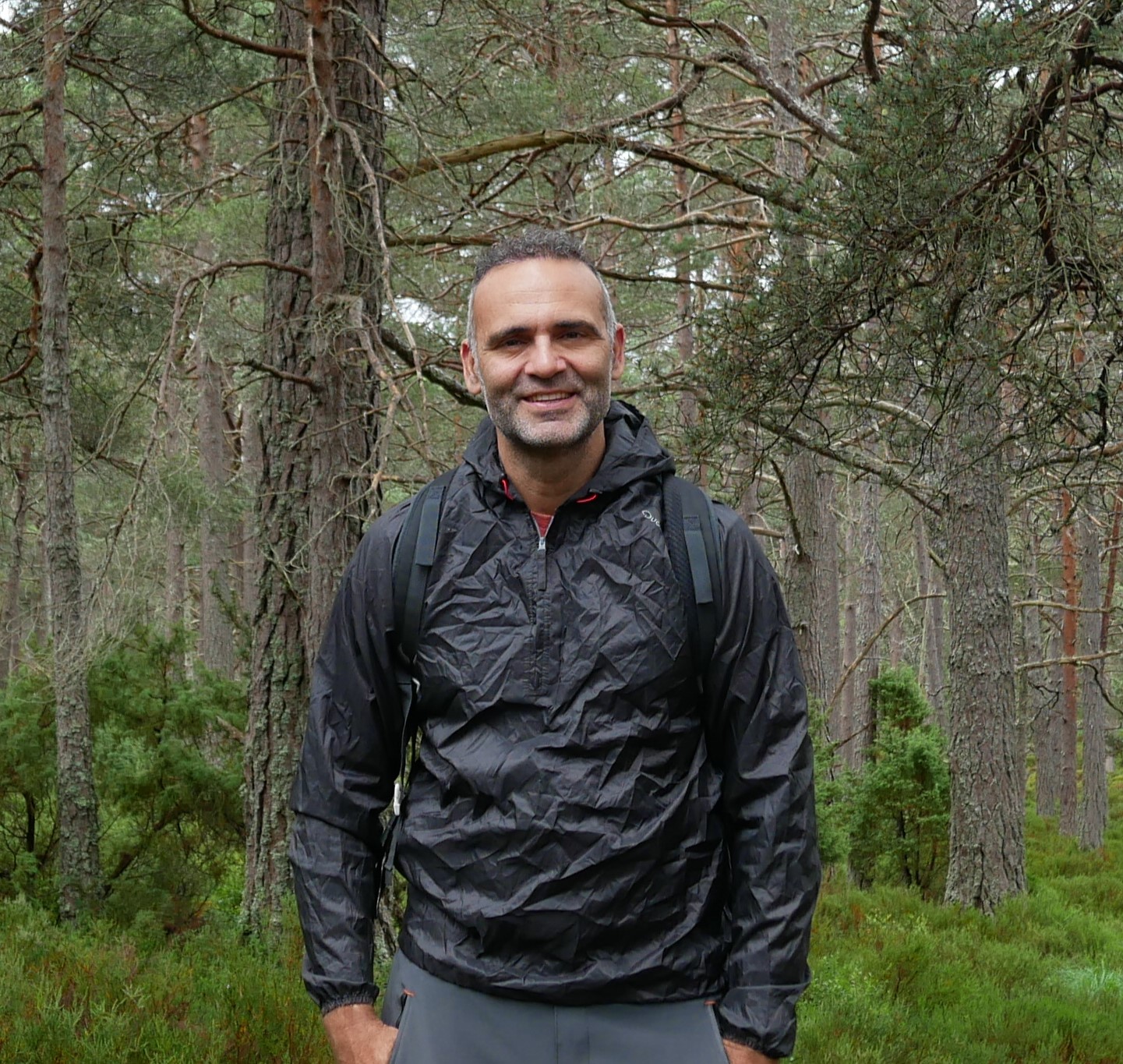
Ignacio Pérez-Ramos
Científico Titular

Blanca Gallego Tévar
Contratada postdoctoral
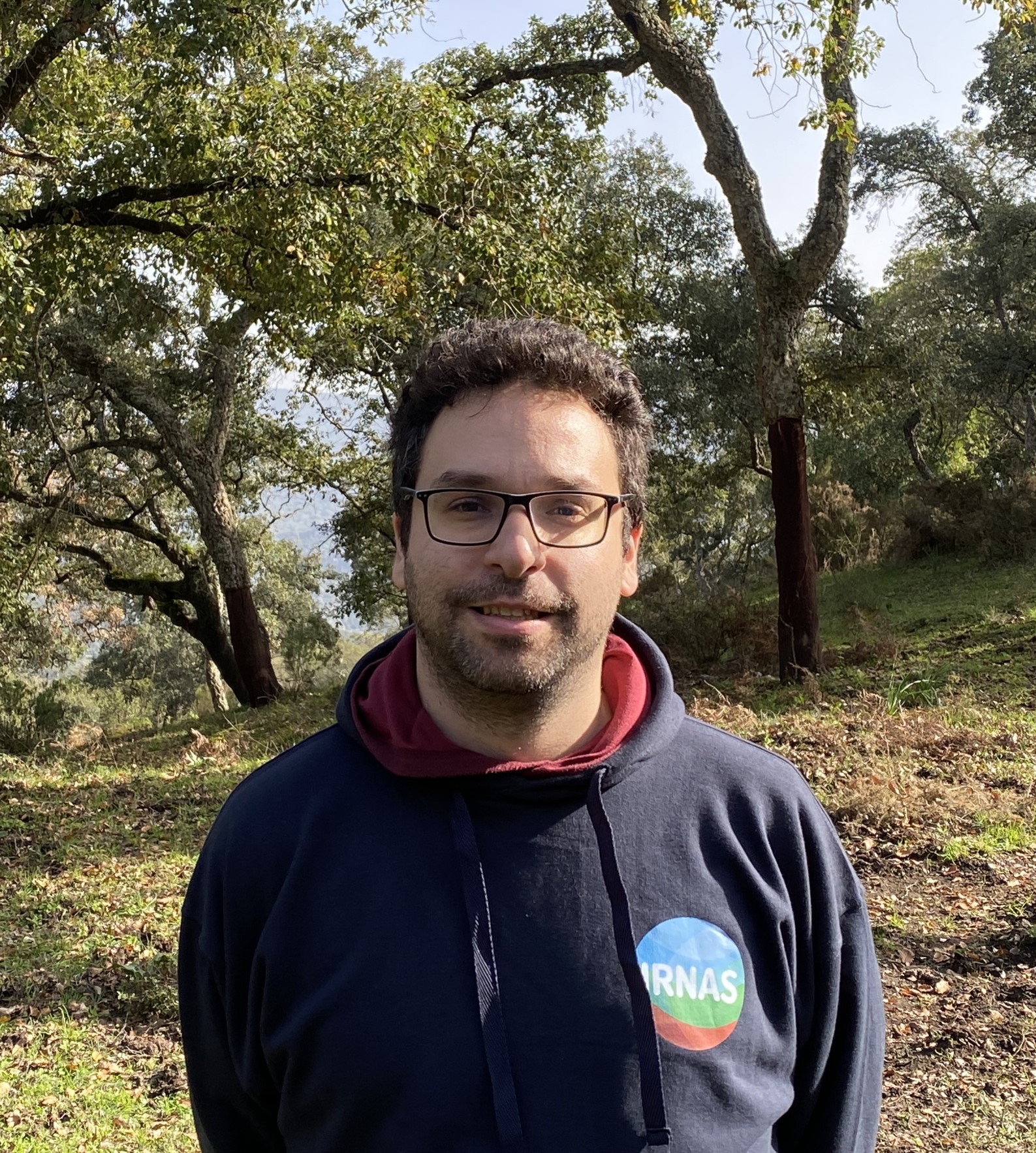
Álvaro Gaytán de la Nava
Contratado postdoctoral

Elena Villa Sanabria
Investigadora predoctoral FPU

Andrés Delgado Galán
Investigador Predoctoral FPI
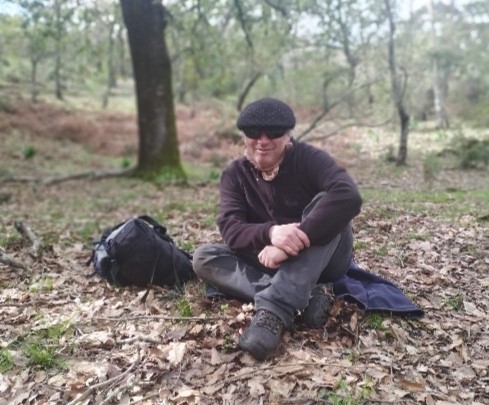
Eduardo Gutiérrez González
Técnico de investigación

Juan Santiago Cara García
Técnico Titulado Medio
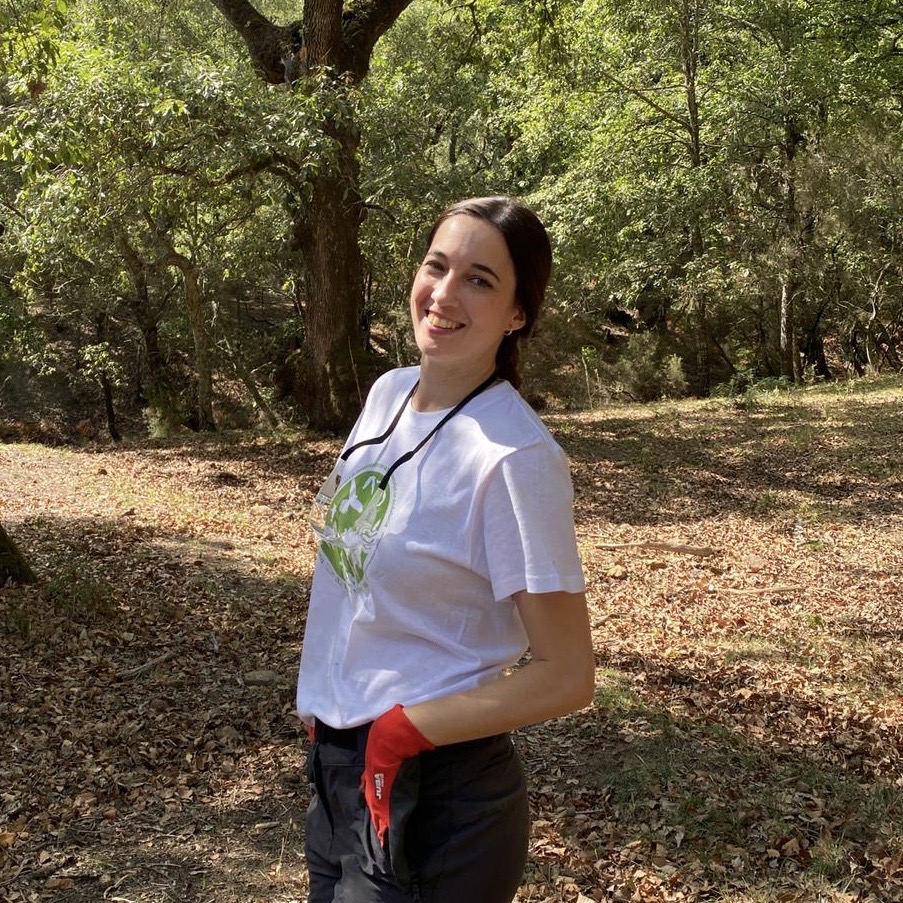
Manuela Alba Gutiérrez
Técnico de investigación
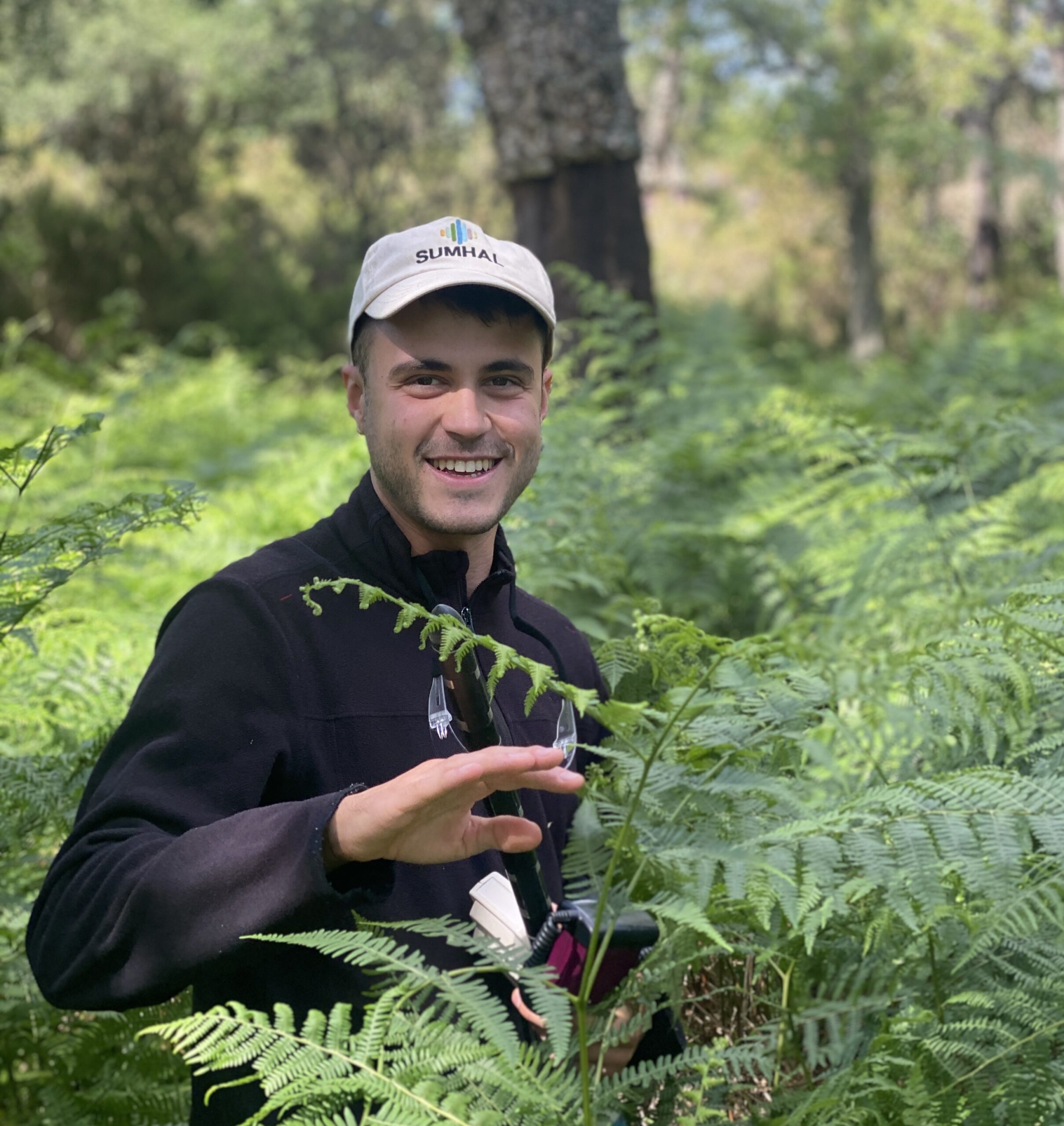
Pedro Javier Solera Álvarez
Técnico de investigación
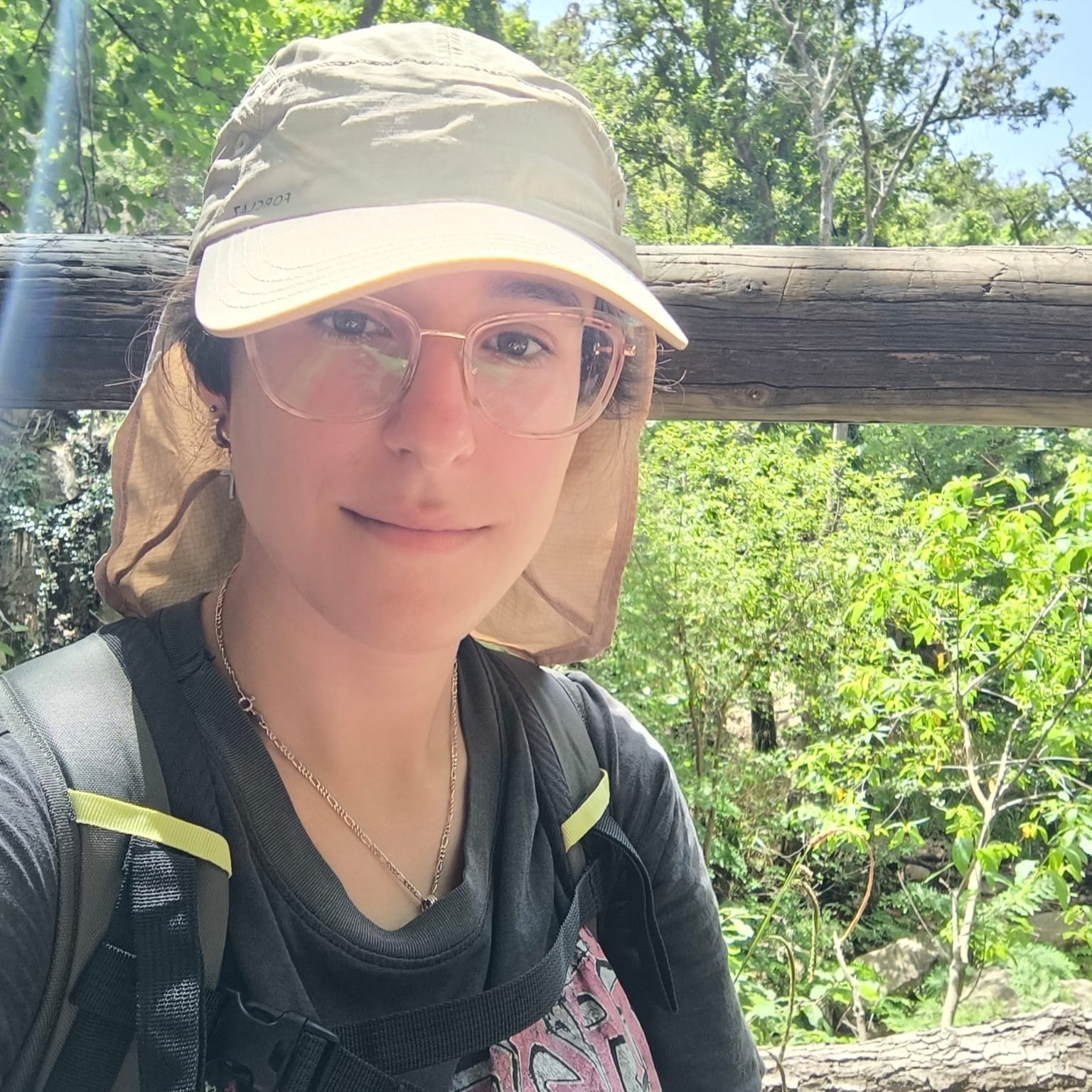
Nerea Gutiérrez Gordillo
Programa JAE INTRO

Mar del Pino Dohijo
Programa JAE Intro

Alfons Vila Barceló
Programa JAE Intro

Marcelino Martínez Muñoz
Colaborador
Proyectos
Publicaciones
Gutiérrez-Hernández, O., & García, L. V. (2025). False Discovery Rate Estimation and Control in Remote Sensing: Reliable Statistical Significance in Spatially Dependent Gridded Data. Remote Sensing Letters, 16(5), 537–548. https://doi.org/10.1080/2150704X.2025.2478664
Gutiérrez-Hernández, O & García L.V. The Ghost of Selective Inference in Spatiotemporal Trend Analysis. Science of the Total Environment, Volume 958, 1 January 2025, 177832 https://doi.org/10.1016/j.scitotenv.2024.177832
Gutiérrez-Hernández, O. & García, L.V. Uncovering true significant trends in global greening. Remote Sensing Applications: Society and Environment, Volume 37, January 2025, 101377 https://www.sciencedirect.com/science/article/pii/S2352938524002416
Alcántara, J.M. y 79 autores (2024) Key concepts and a world-wide look at plant recruitment Networks. Biological Reviews, en prensa.
Amstutz, A., Firth, L.B., Spicer, J.I., De Frenne, P., Gómez-Aparicio, L. Graae, B.J., Kuś, S., Lindmo, S., Orczewska, A., Rodríguez-Sánchez, F., Vangansbeke, P., Vanneste, T. & Hanley, M.E. (2024) Taking sides? Aspect has limited influence on soil environment or litter decomposition in Pan-European study of roadside verges. Pedobiologia 102, 150927.
Gallego-Tévar, B., Gil-Martínez, M., Perea, A., Pérez-Ramos, I. M. & Gómez-Aparicio, L. (2024) Interactive effects of climate change and pathogens on plant performance: a global meta-analysis. Global Change Biology, en prensa.
Gaytán, A., Matías, L., Godoy, Ó., Pérez-Ramos, I. M., Homet, P., Moreira, X. & Gómez-Aparicio, L. (2024) Climate change and exotic pathogens shift carbon allocation in Mediterranean mixed forests. Journal of Ecology, en prensa
Gutiérrez-Hernández, O. & García, L.V. 2024. Robust trend analysis in environmental remote sensing: a case study for cork oak forest decline. Remote Sensing 16: 3886.
Gutiérrez-Hernández, O & García L.V. 2024. Trends in vegetation seasonality in the Iberian Peninsula: spatiotemporal analysis using AVHRR-NDVI data (1982-2023). Sustainability 6: 9389.
Homet, P., Matías, L., Godoy. O. & Gómez-Aparicio, L. (2024) Evidence for antagonistic effects of climate change and exotic pathogens on regeneration of Mediterranean forests. Journal of Ecology 112, 174-188.
Journé, V.,…, Pérez-Ramos, I. M., et al. (2024) The Relationship Between Maturation Size and Maximum Tree Size From Tropical to Boreal Climates. Ecology Letters, en prensa.
Martins-Noguerol, R., Gallego-Tévar, B., Matías, L., Pérez-Ramos, I. M., Davy, A. J. & Cambrollé, J. (2024) Evaluation of direct and transgenerational influences of salinity on germination and early seedling growth in an edible halophyte, Crithmum maritimum. Annals of Botany, en prensa.
Martins-Noguerol, R., Rico-Jiménez, D., Matías, L., Pérez-Ramos, I. M., Moreira, X., Francisco, M., Álvarez, R., Gandullo, J., Pedroche, J., Martínez-Force, E., Moreno-Pérez, A. J. & Cambrollé, J. (2024) Effects of drought and increased temperature on phytochemical traits of the edible halophyte Crithmum maritimum: Perspectives for future climatic scenarios. Environmental and Experimental Botany 226, 105924.
Morillas, L., Leiva, M. J., Gandullo, J., Pérez-Ramos, I. M., Cambrollé, J., Matías, L. (2024) Consistent geographical gradient of water use efficiency evidences local adaptations to drought across the complete latitudinal distribution of Quercus suber. Plant Stress, 12, 100432.
Rebollo, P., Moreno-Fernández, D., Cruz-Alonso, V., Gazol, A., Rodríguez-Rey, M., Astigarraga, J., Zavala, M.A., Gómez-Aparicio, L., Andivia, E., Miguel-Romero, S. & Ruiz-Benito, P. (2024) Recent increase in tree damage and mortality and their spatial dependence on drought intensity in Mediterranean forests. Landscape Ecology 39, 38.
Sampere-Medina, M., [71 autores] & Leverkus, A.B (2024) Germination of European acorns: Data from 93 batches of 12 Quercus species. Annals of Forest Science, en prensa.
San-Emeterio, L., Hidalgo-Galvez, M. D., de la Rosa, J. M., Pérez-Ramos, I. M., González-Pérez, J. A. (2024) Impact of future scenarios of climate change on lignin dynamics in soil: A case study in a Mediterranean savannah. Science of the Total Environment 946, 174317.
Serrano, M.S., Villa-Sanabria, E., Homet, P., Gutiérrez, E. & Gómez-Aparicio, L. (2024) Impact of a drier climate on the exotic pathogen Phytophthora cinnamomi in Mediterranean forests differing in soil properties and species composition. Forest Ecology and Management 556, 121721.
Gómez-Aparicio, L.; Gómez, J.M. & Zamora, R. (2007). Spatiotemporal patterns of seed dispersal in a wind-dispersed Mediterranean tree (Acer opalus subsp. granatense): implications for regeneration. Ecography 30: 13-22.
Maltez-Mouro, S.; García, L.V.; Freitas, H. & Marañón, T. (2007). Recruitment patterns in a Mediterranean oak forest: the importance of the spatial component. Forest Science 53: 645-652.
Pérez-Ramos, I.M.; Marañón, T.; Lobo, J.M. & Verdú, J.R. (2007). Acorn removal and dispersal by the dung beetle Thorectes lusitanicus: ecological implications. Ecological Entomology 32: 349-356.
Verdú, J.R.; Lobo, J.M.; Numa, C.; Pérez-Ramos, I.M.; Galante, E. & Marañón, T. (2007). Acorn preference by the dung beetle,Thorectes lusitanicus, under laboratory and field conditions. Animal Behaviour 74: 1697-1704.
García, L.V.; Maltez-Mouro, S.; Pérez-Ramos, I.M.; Marañón, T. & Freitas, H. (2006). Counteracting gradients of light and soil nutrients in the understorey of Mediterranean oak forests. Web Ecology 6: 67-74.
Gómez-Aparicio, L.; Valladares, F. & Zamora, R. (2006). Differential light responses of Mediterranean tree saplings: linking ecophysiology with regeneration niche in four co-occurring species. Tree Physiology 26: 947-958.
Gómez-Aparicio, L.; Zamora, R. & Gómez, J.M. (2005). The regeneration status of the endangered Acer opalus subsp. Granatense throughout its geographical distribution in the Iberian peninsula. Biological Conservation 21: 195-206.
Gómez-Aparicio, L.; Valladares, F.; Zamora, R. & Quero, J.L. (2005). Response of tree seedlings to the abiotic heterogeneity generated by nurse shrubs: an experimental approach at different scales. Ecography 28: 757-768.
Gómez-Aparicio, L.; Gómez, J.M.; Zamora, R. & Bottinguer, J.L. (2005). Canopy vs. soil effects of shrubs facilitating tree seedlings in Mediterranean montane ecosystems. Journal of Vegetation Science 16: 191-198.
Gómez-Aparicio, L.; Gómez, J.M. & Zamora, R. (2005). Microhabitats shift rank in suitability for seedling establishment depending on habitat type and climate. Journal of Ecology 93: 1194-1202.
Maltez-Mouro, S.; García, L.V.; Marañón, T. & Freitas, H. (2005). The combined role of elevation and overstory tree composition in promoting edaphic and floristic variation in a Mediterranean forest. Ecological Research 20: 668-677.
Castro, J.; Zamora, R.; Gómez, J.M.; Hódar, J.A. & Gómez-Aparicio, L. (2004). Benefits of using shrubs as nurse plants for reforestation in Mediterranean mountains: a 4-year study. Restoration Ecology 12: 352-358.
García, L.V. (2004). Escaping the Bonferroni Iron claw in ecological studies. Oikos 105: 657-663.
Gómez-Aparicio, L.; Zamora, R.; Gómez, J.M.; Hódar, J.A.; Castro, J. & Baraza, E. (2004). Applying plant facilitation to forest restoration in Mediterranean ecosystems: a meta-analysis of the use of shrubs as nurse plants. Ecological Applications 14: 1128-1138.
García L.V. (2003). Controlling the false discovery rate in ecological studies. Trends in Ecology and Evolution 18: 553-554.
